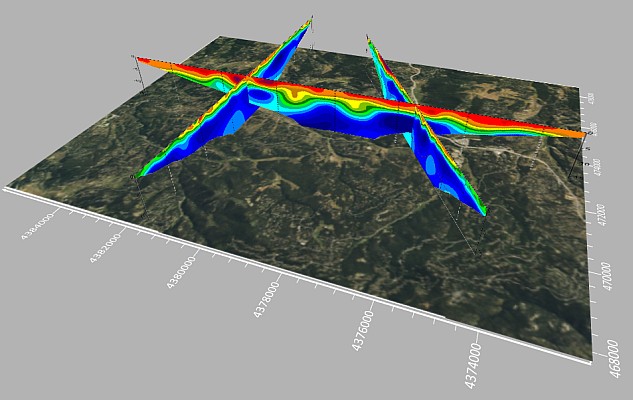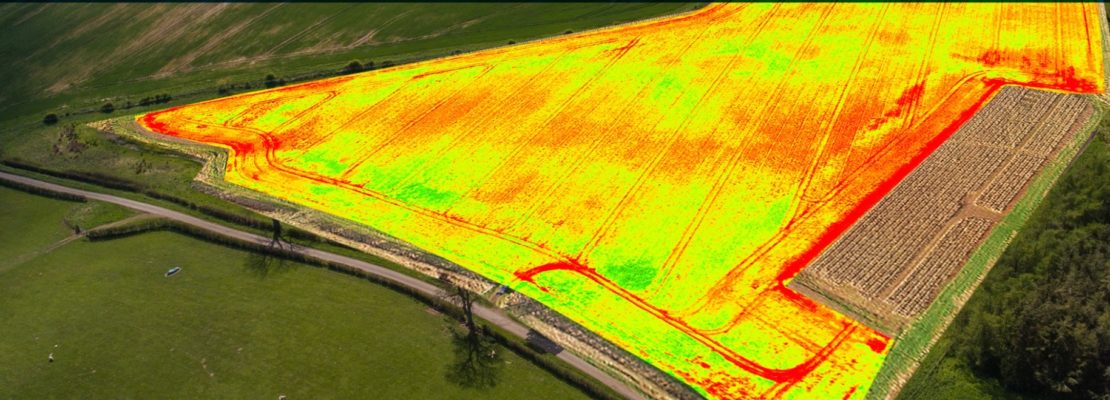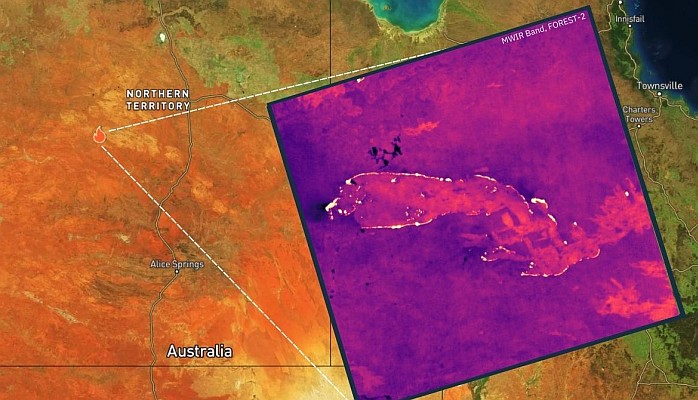GOES-N lifted off aboard a Boeing Delta IV rocket from Space Launch Complex 37 at Cape Canaveral Air Force Station, Fla. at 6:11 pm EDT. After GOES-N reaches its geosynchronous orbit of approximately 22,300 miles and a successful post-launch checkout is performed, the satellite will be placed in an on-orbit storage mode where it will be able to more rapidly replace a failure of any existing operational GOES.
GOES Mission
GOES-N is the latest in a series of Earth monitoring satellites. Geostationary Operational Environmental Satellites (GOES) provide the kind of continuous monitoring necessary for intensive data analysis. Geostationary describes an orbit in which a satellite is always in the same position with respect to the rotating Earth. This allows GOES to hover continuously over one position on the Earth’s surface, appearing stationary. As a result, GOES provide a constant vigil for the atmospheric "triggers" for severe weather conditions such as tornadoes, flash floods, hail storms, and hurricanes.
The multimission GOES series N-P is the next series of satellites. This series will be a vital contributor to weather, solar and space operations, and science. NASA and the National Oceanic and Atmospheric Administration (NOAA) are actively engaged in a cooperative program to expand the existing GOES system with the launch of the GOES N-P satellites.






